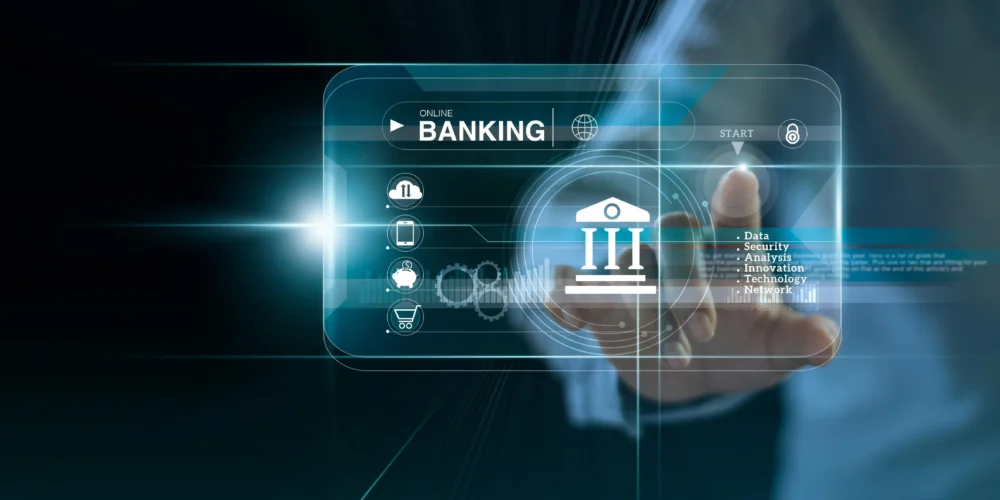Iran’s recent moves to embrace cryptocurrencies have sparked intrigue and concern alike as the country seeks to circumvent tough U.S. sanctions. With ambitious plans for widespread digital currency adoption, the challenges ahead — from energy costs to international scrutiny — frame a complex narrative that could reshape economic and geopolitical landscapes.
Iran’s Strategic Crypto Transactions
In a groundbreaking move, Iran executed a significant trade order valued at $10 million using cryptocurrency in August 2022, marking a pivotal step in its strategy to navigate international sanctions. While the specifics of the cryptocurrency utilized for this transaction remain undisclosed, this initiative showcases Iran’s determination to escape the dollar-dominated financial landscape.
“MASA does not specify in its public announcements which cryptocurrency was involved in the deal.”
With official projections aimed at integrating cryptocurrencies and smart contracts into foreign trade by September, Iran’s ambitions in the digital financial realm are becoming clear. The Central Bank of Iran is not just a bystander; it is actively pursuing blockchain technology, as seen with the launch of the Borna blockchain platform. This project, developed in collaboration with a local provider, aims to foster a digital framework for the banking sector, promoting a more robust and innovative financial environment.
Challenges in the Crypto Frontier
Despite its optimistic trajectory, Iran’s cryptocurrency market faces several hurdles that threaten its sustainability. High energy costs pose a significant obstacle; the nation has historically benefited from cheap electricity, allowing it to contribute 4.5% of the world’s Bitcoin mining in 2021. However, these numbers have declined to approximately 3.1% by 2024 as miners grapple with escalating tariffs and frequent power outages. Many licensed miners find it increasingly difficult to remain operational under such constraints.
Moreover, the Islamic Revolutionary Guard Corps (IRGC) adds another layer of complexity to this landscape. The organization has leveraged the burgeoning crypto sector to escape financial restrictions, which raises alarms about illicit financial activities intertwined with state-sponsored entities. As noted by experts:
“The IRGC’s control over the cryptocurrency market underscores the blurred lines between state interests and unlawful operations.”
This entanglement complicates Iran’s efforts to establish a legitimate and transparent digital currency sector.
Geopolitical Dimensions of Iran’s Cryptocurrency Adoption
Iran’s venture into cryptocurrencies must be viewed against the backdrop of its tense relationship with the West, particularly the United States. The imposition of severe economic sanctions has led Iranian leaders to explore alternative financial mechanisms, with cryptocurrencies surfacing as an attractive option. The geopolitical ramifications of these financial maneuvers are profound; as the European Union signals potential revival of the 2015 Iran nuclear deal, Iran’s digital currency aspirations could influence international negotiations.
The scenario bears remarkable similarities to El Salvador’s Bitcoin adoption, noted for its polarizing effects on both its economy and public opinion. Nations in Latin America, such as Argentina and Brazil, are closely observing Iran’s crypto journey, weighing the merits of embracing digital currencies against the risks seen in other countries. The cautious approach of these nations reflects a broader acknowledgment of the volatility and regulatory concerns inherent in the crypto realm.
A New Era of Financial Adaptation
The ongoing evolution of Iran’s cryptocurrency landscape presents a unique case study in how nations under economic duress can adapt their financial strategies. The engagement of state-controlled entities like the IRGC in this sector highlights the tensions between innovation and regulation. As the Iranian government gradually solidifies its regulatory framework for cryptocurrencies, including the formalization of direct payment gateways by January 2025, it aims to create a clearer operational environment for domestic and international stakeholders.
However, it is essential to realize that alongside the push for digital innovation is the pressing need for regulatory safeguards to prevent misuse of the system. As seen in the fallout from cyberattacks and illicit activities linked to crypto transactions, the Iranian regime’s dilemma will be balancing its ambitions with the demand for transparency and international cooperation.
Looking Ahead: The Path of Iranian Cryptocurrency
Iran’s foray into the world of cryptocurrencies could redefine its economic landscape and impact global financial systems in unforeseen ways. As sanctions continue to shape Iranian policies, the significant opportunities and substantial risks associated with cryptocurrencies serve as a microcosm for broader international tensions. The outcome remains uncertain, with both domestic challenges and global geopolitical dynamics influencing the path ahead.
What unfolds next in Iran’s cryptocurrency narrative could set important precedents, not only within the region but for countries grappling with similar economic challenges. By prioritizing financial innovation while addressing inherent risks, Iran might emerge as a significant player in the future of digital finance, ultimately shaping the interpretations of sovereignty and economic resilience in a rapidly evolving world.





